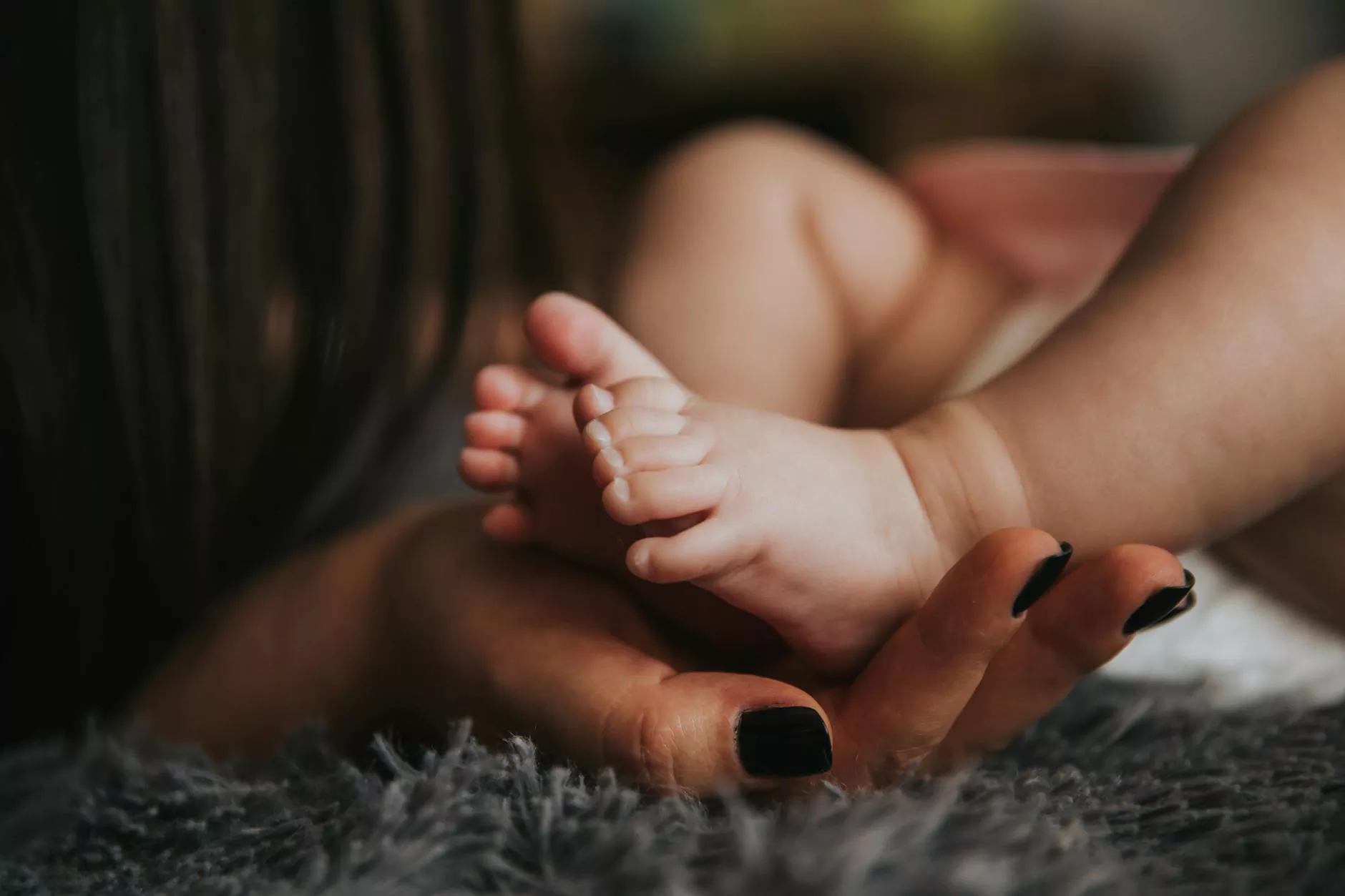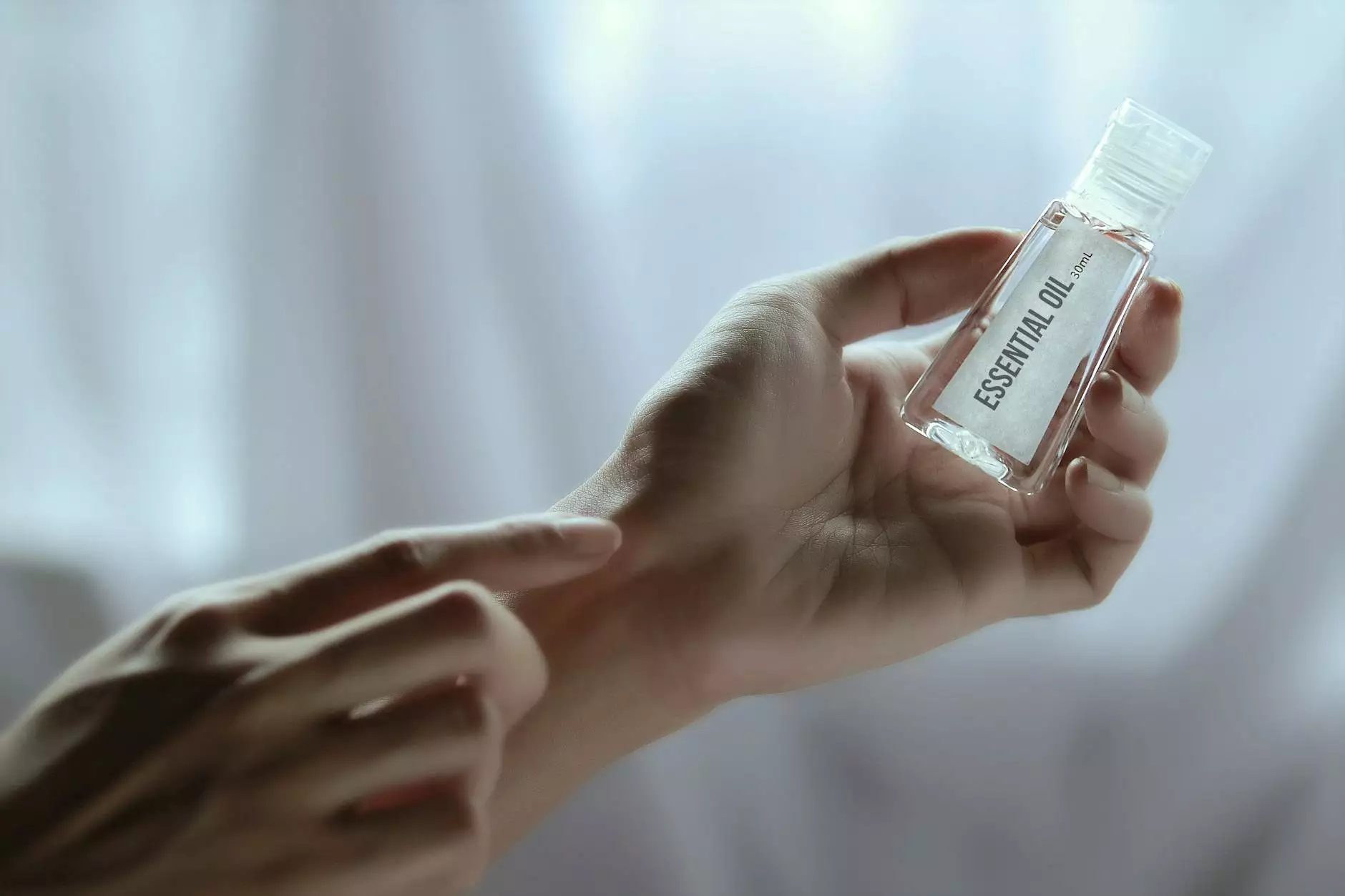The Ultimate Guide to Runner's Foot Care: Keeping Your Feet Healthy and Happy

When it comes to running, your feet are the foundation of your performance. Proper care and attention can make all the difference between enjoying the run and suffering from pain or injuries. In this comprehensive guide, we explore essential aspects of runner's foot care that will help you enhance your performance, prevent injuries, and maintain optimal foot health.
Understanding Runner's Foot Care
Runner's foot care involves a proactive approach to maintaining foot health through regular assessment, hygiene practices, and prevention strategies. Feet are subjected to immense stress during running, which makes it crucial for runners to understand their foot type and needs.
The Importance of Proper Footwear
Choosing the right pair of running shoes is paramount for runner's foot care. Here are some factors to consider:
- Foot Type: Understand your arch type – flat, neutral, or high arches – to choose shoes that provide the appropriate support.
- Terrain: Consider where you will be running. Trail runners need shoes with better grip and protection, while road runners require different cushioning.
- Fit: Ensure that your shoes fit properly; there should be about a thumb's width of space between your longest toe and the front of the shoe.
Signs of Foot Problems
Runners should be vigilant for signs that indicate foot problems. Common issues include:
- Bunions: Bony bumps on the side of the foot leading to discomfort
- Plantar Fasciitis: Inflammation of the plantar fascia causing heel pain
- Blisters: Fluid-filled pockets that form due to friction
- Achilles Tendonitis: Pain and stiffness adjacent to the heel
Routine Foot Care Practices for Runners
Follow these essential practices to maintain foot health:
Hygiene
Keeping your feet clean and dry is vital. After your run, wash your feet with mild soap and lukewarm water. Make sure they are completely dry before putting on socks or shoes to prevent fungal infections.
Moisturizing
Use a good foot cream, especially if you have dry or cracked skin. Focus on the heels and soles where dryness is most common. However, avoid putting moisturizer between the toes to prevent fungal growth.
Regular Foot Checks
Inspect your feet regularly for any unusual signs such as rashes, cuts, or swelling. Early detection of problems like ingrown toenails can prevent serious complications.
Strengthening and Conditioning Your Feet
Strengthening exercises can dramatically improve your foot health and resilience. Consider incorporating the following exercises into your routine:
Toe Curls
Grab a towel with your toes and pull it towards you. This exercise strengthens your toe muscles and improves grip.
Calf Raises
Stand on the edge of a step with your heels hanging off, then raise and lower your body. This helps in strengthening your calves, which are crucial for running.
Foot Rolls
Using a tennis ball or a specialized foot roller, roll the bottom of your feet for massage and to relieve tension.
Preventing Common Running Injuries
Injury prevention is a key component of runner's foot care. Here are some strategies to keep you running pain-free:
Warm-Up and Cool Down
Always perform a dynamic warm-up before your run to prepare your muscles. Afterward, stretch your foot muscles and tendons to aid recovery.
Vary Your Workouts
Avoid running the same route every day. Cross-training with activities like cycling or swimming can reduce the stress on your feet.
Listen to Your Body
Pay attention to any pain signals your body sends. Ignoring pain can lead to chronic injuries that may sideline you for longer periods.
Nutrition for Healthy Feet
A well-balanced diet is crucial for overall health, and your feet are no exception. Ensure you're consuming:
- Calcium and Vitamin D: Essential for bone health
- Protein: Important for muscle recovery
- Omega-3 Fatty Acids: Help reduce inflammation
- Hydration: Critical for preventing cramps and aiding recovery
Dealing with Blisters and Other Foot Injuries
Blisters are one of the most common issues faced by runners. Here’s how you can manage and prevent them:
- Wear moisture-wicking socks: This reduces friction and helps keep your feet dry.
- Use blister ointment: Applying a specialized ointment can reduce friction in hotspot areas.
- Don’t pop blisters: If blisters do form, avoid popping them as this can lead to infection.
If you experience persistent foot pain, it is wise to consult with a podiatrist who specializes in running injuries. They can provide you with tailored advice and possibly customized orthotic devices to improve comfort and support.
Conclusion: Prioritize Your Feet for Optimal Performance
In conclusion, foot care is an essential aspect of being a successful and healthy runner. Implementing quality runner's foot care practices will not only enhance your running experience but also contribute to your overall well-being. From the right footwear to proper hygiene and strength exercises, adopting these habits will help you stay on your feet and reach your running goals.
Remember, happy feet lead to happy runs! Embrace these guidelines, listen to your body, and watch your performance soar as you prioritize your foot care. Your feet will thank you with every step you take towards your running aspirations.








